Medical terminology digestive system. Comprehensive Summary of the Digestive System: Unlocking Medical Terminology
What is the digestive system? How does it work? Explore the key terms and definitions associated with digestive health and diseases. Discover the medical terminology that provides a foundation for understanding the gastrointestinal tract.
The Digestive System: An Overview
The digestive system is a complex network of organs and processes responsible for breaking down the food we consume, extracting essential nutrients, and eliminating waste from the body. This intricate system includes the esophagus, stomach, small and large intestines, liver, pancreas, and gallbladder, all working together to facilitate the digestion and absorption of nutrients. Understanding the medical terminology associated with the digestive system is crucial for maintaining overall health and addressing any gastrointestinal issues that may arise.
Key Digestive System Terms and Definitions
To build a comprehensive understanding of the digestive system, let’s explore some of the most common terms and their definitions:
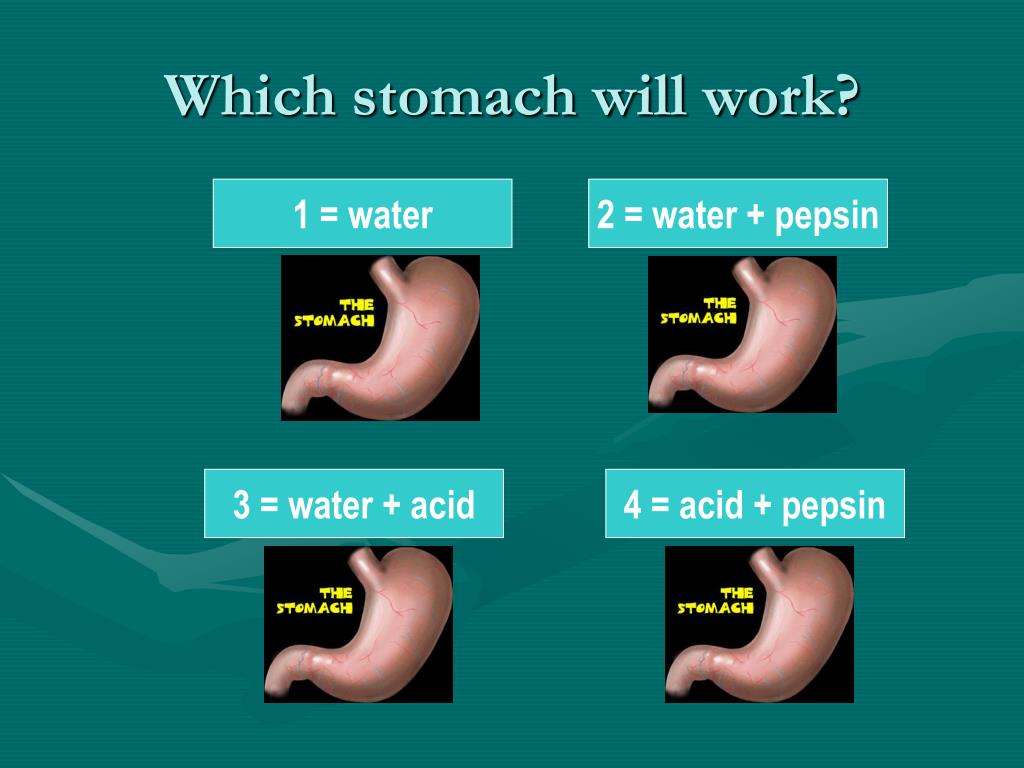
Acid Reflux and GERD
Acid reflux is a painful condition where stomach acids regurgitate into the esophagus, also known as gastroesophageal reflux disease (GERD). This can cause a burning sensation in the chest and throat, as well as other uncomfortable symptoms.
Barrett’s Esophagus
Barrett’s esophagus is a precancerous condition of the esophagus caused by chronic acid reflux. It is characterized by the abnormal growth of cells lining the esophagus, which can increase the risk of developing esophageal cancer.
Bile Ducts and Gallbladder
The bile ducts are a network of tubes that transport digestive fluids from the liver and gallbladder to the small intestine. The gallbladder is an organ that works in conjunction with the liver and pancreas to assist with food digestion.
Biopsy and Endoscopy
A biopsy is the cellular study of tissue removed from the body, often used to diagnose conditions such as cancer. Endoscopy is the process of inserting a flexible tube with a camera and light (an endoscope) into the body to examine the digestive tract.
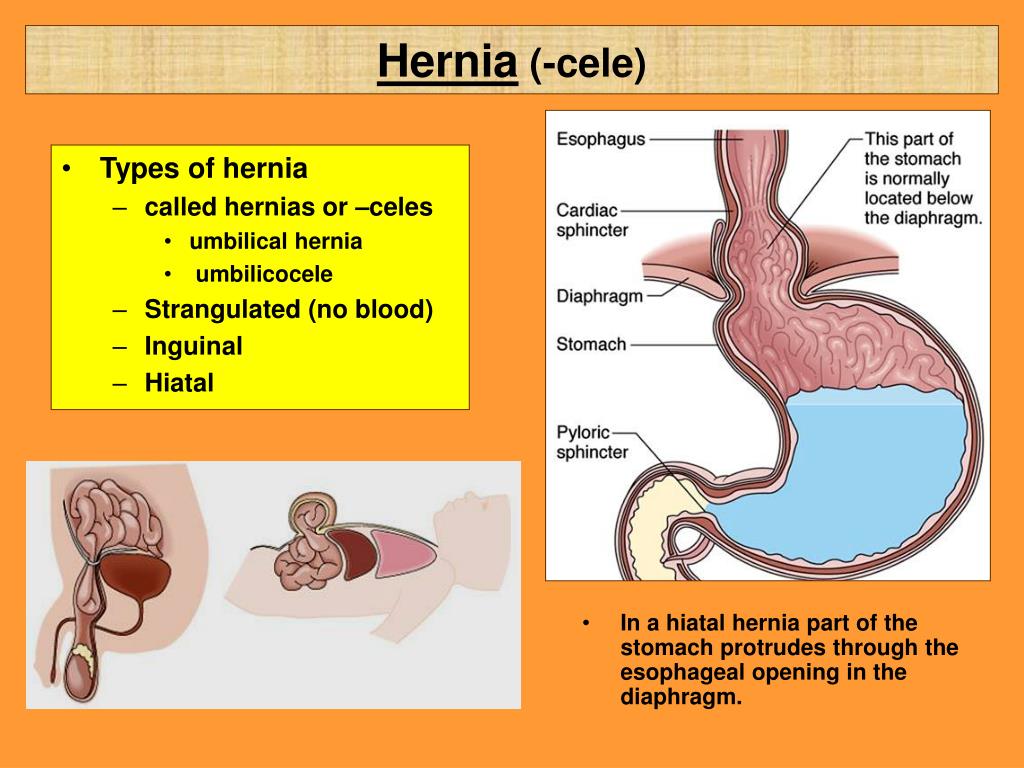
Colon and Rectum
The colon, also known as the large intestine, is the main part of the large intestine that absorbs water from food waste to form stool. The rectum is the area where the large intestine meets the anus, the opening through which solid waste leaves the body.
Duodenum and Small Intestine
The duodenum is the first part of the small intestine, where food from the stomach is further broken down and mixed with digestive juices from the pancreas and liver. The small intestine, or small bowel, is the longest part of the digestive system.
Esophagus and Stomach
The esophagus is the muscular tube that connects the throat to the stomach, where the initial stages of digestion occur. The stomach is located in the upper abdomen and is responsible for further breaking down food and mixing it with digestive juices.
Digestive Diseases and Conditions
The digestive system can be affected by a variety of diseases and conditions, each with its own set of symptoms and treatment approaches. Some common examples include:
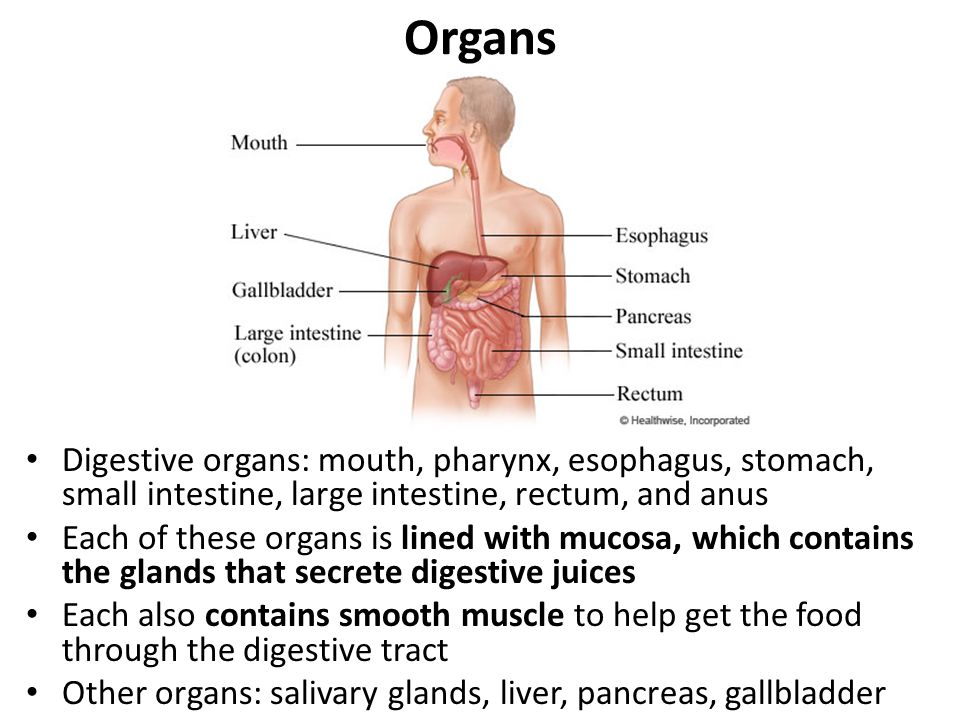
Ulcers
Ulcers are painful, open sores that can develop on the skin or in the lining of the digestive tract, often caused by bacterial infections or excessive stomach acid.
Crohn’s Disease and Irritable Bowel Syndrome (IBS)
Crohn’s disease is a chronic inflammatory condition that can affect any part of the digestive system, while IBS is a disorder characterized by abdominal pain, bloating, and changes in bowel habits.
Celiac Disease
Celiac disease is an autoimmune disorder in which the body’s immune system reacts abnormally to gluten, a protein found in grains like wheat, rye, and barley, leading to damage in the small intestine and malabsorption of nutrients.
Gallstones and Pancreatitis
Gallstones are small, hard deposits that form in the gallbladder and can block the bile ducts, while pancreatitis is the inflammation of the pancreas, which can be caused by gallstones or excessive alcohol consumption.
Diagnostic Tools and Procedures
The medical profession utilizes a variety of diagnostic tools and procedures to assess the health of the digestive system and identify any underlying issues. Some key examples include:
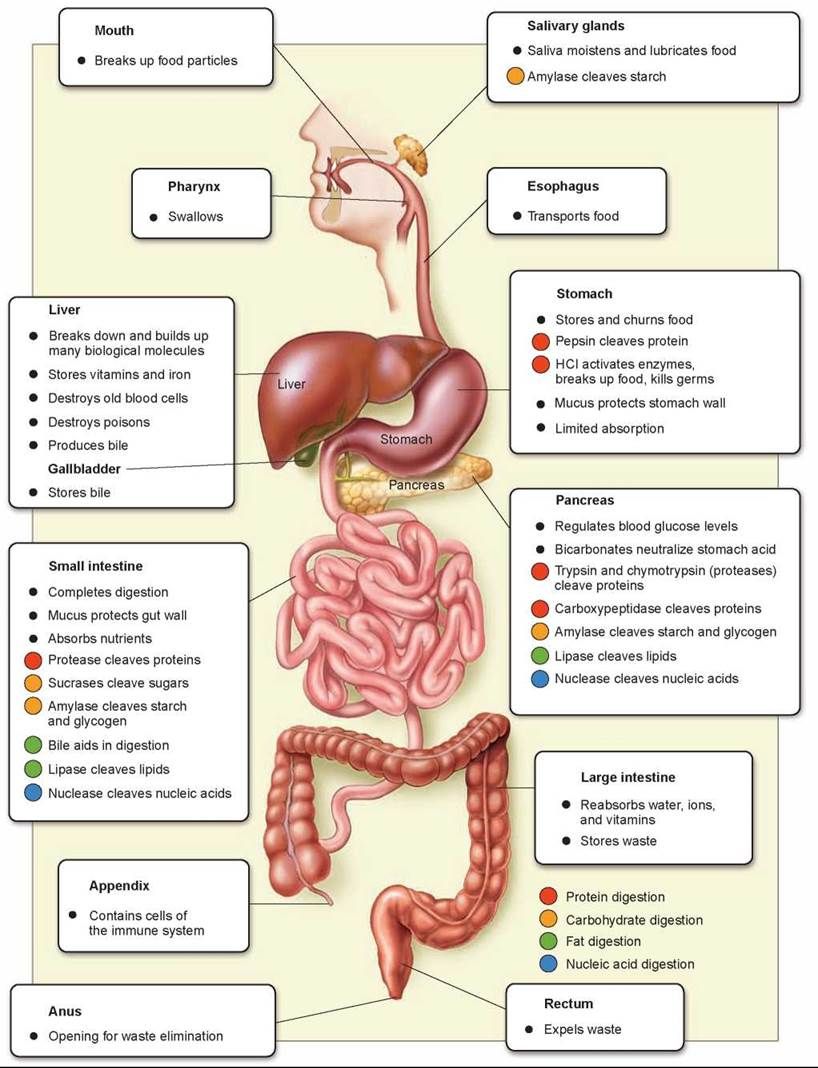
Colonoscopy and Sigmoidoscopy
A colonoscopy is a procedure in which a long, flexible tube with a camera (a colonoscope) is inserted into the rectum to examine the entire colon, while a sigmoidoscopy is used to examine the last one-third of the colon, closer to the rectum and anus.
Endoscopy and Enteroscopy
Endoscopy involves the use of a flexible tube with a camera (an endoscope) to examine the upper digestive tract, including the esophagus, stomach, and duodenum. Enteroscopy, on the other hand, uses a specialized endoscope to examine the small intestine.
Imaging Techniques
Various imaging techniques, such as ultrasound, CT scans, and MRI, can provide detailed visualizations of the digestive organs and help diagnose conditions like gallstones, liver disease, and tumors.
Digestive System Terminology in Practice
Understanding the medical terminology associated with the digestive system is essential for effective communication between healthcare providers, patients, and the general public. By familiarizing ourselves with these terms, we can better comprehend the complex processes involved in digestion, identify potential issues, and work towards maintaining a healthy digestive system.

Conclusion
The digestive system is a remarkable and intricate network of organs and processes that play a vital role in our overall health and well-being. By mastering the medical terminology related to the digestive system, we can gain a deeper understanding of how this system functions, recognize potential problems, and engage in more informed discussions with healthcare professionals. This knowledge can empower us to make better-informed decisions about our digestive health and take proactive steps towards maintaining a well-functioning digestive system.
Digestive Terms and Definitions | Digestive Health
Below are a list of key terms commonly used in digestive health.
A | B | C | D | E | F | G | H | I | J | K | L | M | N | O | P | Q | R | S | T | U | V | W | X | Y | Z
Acid reflux: a painful condition in which acids regurgitate from the stomach into the esophagus, also referred to as GERD (gastroesophageal reflux disease)
Anus: the opening of the rectum through which solid waste leaves the body
Barrett’s esophagus: a pre-cancerous condition of the esophagus caused by chronic acid reflux.
Benign: non-cancerous
Bile ducts: a network that transports digestive fluids from the liver and gallbladder to the intestine
Biopsy: the cellular study of tissue removed from a living body
Bronchoscope: a flexible instrument used to examine airways.
Cholangioscopy: examination of the bile ducts via endoscopy.
Colon: the main part of the large intestine
Digestive system: Comprised of the esophagus, small intestine, colon, rectum and anus
Duodenum: the first part of the small intestine
Endoscope: a long, narrow, flexible tube with a small light and camera at one end
Endoscopy: the process of inserting an endoscope for diagnostic or preventive purposes.
Enteroscope: a tool used to examine the inside of the intestines
Esophagus: the muscular tube that connects the throat to the stomach
Gallbladder: the organ that works in conjunction with the liver and pancreas to assist with food digestion
Gallstones: a small mass in the gallbladder that blocks the bile ducts
Gastrointestinal: relating to the stomach and intestines
Liver: the organ responsible for blood filtration, detoxification and metabolism
Malignant: cancerous
Pancreas: a gland that secretes digestive enzymes into the intestine
Polyps: small, benign growths
Proctoscope: a tool used to examine the anus and rectum
Pulmonary: relating to the lungs
Rectum: the area where the large intestine meets the anus
Sigmoid colon: the part of the large intestine close to the rectum and anus
Sigmoidoscope: an endoscope used to examine the last one-third of the colon
Small intestine/bowel: the longest part of the digestive system
Stent: a device that keeps tubes or vessels open
Stomach: located in the upper abdomen, where the initial stages of digestion occur
Strictures: the irregular narrowing of a passage or duct
Trachea: also known as the ‘windpipe,’ a major connector that carries air to the lungs
Ulcers: a painful, open sore on the skin or a mucous membrane
Ultrasound: a procedure in which images are generated by sound vibrations
Upper GI Tract: the area of the digestive system that includes the esophagus, stomach and duodenum
Varices: the irregular dilation or swelling of a vein or veins
Contact Us
If you have questions or are looking for more information, please complete the form below and we will contact you.
Thank
You!
Thank you for contacting the Memorial Hermann Digestive Health. We have received your inquiry, and a team member will contact you soon.
If you need more immediate assistance, please call us at (713) 222-2273.
If you are experiencing a medical emergency, call 911 or go to the nearest emergency room.
Digestive Diseases Glossary of Terms
Written by WebMD Editorial Contributors
These are common terms and definitions associated with the gastrointestinal system and digestive problems or diseases.
Abscess: A swollen, infected, pus-filled pocket that can develop anywhere in your body. In your digestive system, one way you could get them is if inflammation destroys and moves into the wall of your intestines. This happens sometimes with digestive conditions like Crohn’s disease.
Amylase: Enzyme produced in the pancreas and salivary glands that helps in the digestion of starches from the diet.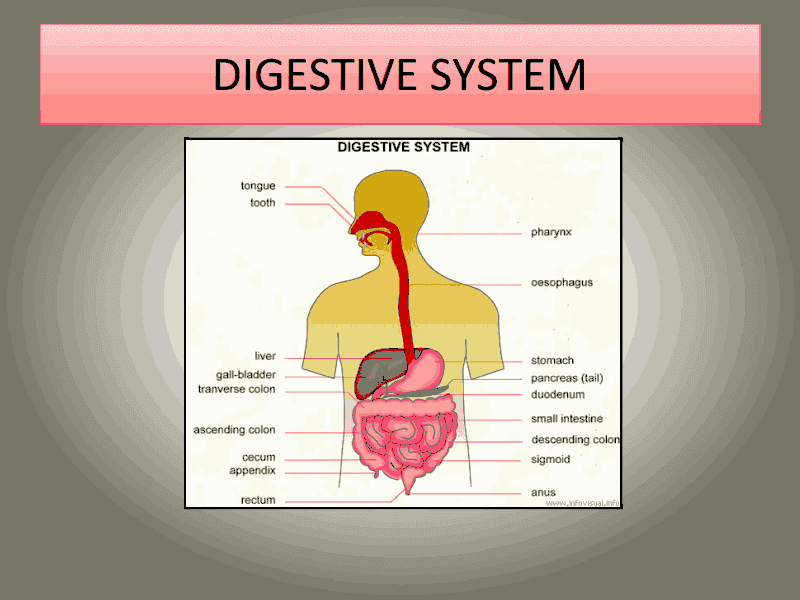 Blood amylase levels may be increased in patients who have pancreatitis or salivary problems like Sjogren’s disease.
Blood amylase levels may be increased in patients who have pancreatitis or salivary problems like Sjogren’s disease.
Anal fissure: A crack or split in the skin around the anus that can cause pain, itching, and bleeding.
Amyloidosis: A group of diseases that results from the abnormal deposition of a protein called amyloid in tissues and organs.
Bezoar: A clump of food or hair that collects in the digestive tract. Bezoars can cause obstructions in the stomach that keep food from passing into the small intestine.
Celiac disease: A disease resulting from the abnormal reaction by the body’s immune system to gluten, a protein found in grains such as wheat, rye, and barley and other foods. In people who have celiac disease, the immune system causes damage to the small intestine and prevents the proper absorption of nutrients from food. Symptoms include diarrhea, anemia, and weight loss.
Colon: The part of the large intestine that absorbs water from food waste to form stool. The word colon is also sometimes used as another general term for the large intestine (see definition below).
Colonoscopy: A procedure your doctor will do to view your colon. The doctor inserts a narrow tube with a camera at the tip into your rear end to examine your large intestine and the last part of your small intestine for signs of illness, inflammation, or abnormality.
Colostomy: A surgeon creates a hole, or “stoma,” in the skin of your lower belly and attaches part of your colon. Digestive waste then collects through the hole into a bag that is attached to you, which you empty and reattach. It may be temporary or permanent.
Crohn’s disease: This chronic condition inflames and irritates your digestive tract. It typically affects your small intestine or the start of your large intestine (colon), but it can attack any part of your digestive system, from your mouth to your anus. Crohn’s is one of the two main types of inflammatory bowel disease (IBD), along with ulcerative colitis.
Crohn’s is one of the two main types of inflammatory bowel disease (IBD), along with ulcerative colitis.
Duodenum: The first part of the small intestine.
Elastase: An enzyme found in fluids produced by the pancreas. It aids in the digestion of several proteins, including elastin, an elastic substance in the lungs and other organs that is part of their structural framework. Normally, elastase is inhibited by a substance called alpha-1 antitrypsin.
Endoscopy: A procedure that uses a flexible, lighted tube to look inside the body. The instrument is introduced into the body through a natural opening like the mouth or anus.
Endoscopic ultrasound (EUS): A procedure that combines endoscopy and ultrasound and allows a doctor to obtain images and information about the digestive tract and the surrounding tissue and organs.
Endoscopic retrograde cholangiopancreatography (ERCP): Procedure in which a tube is placed down the patient’s throat, into the stomach, then into the small intestine. Dye is injected and the ducts of the gallbladder, liver and pancreas can be seen on X-ray. The procedure may be performed to diagnose and treat problems in the liver, gallbladder, bile ducts, and pancreas, including gallstones, inflammatory strictures (scars), leaks (from trauma and surgery), and cancer.
Dye is injected and the ducts of the gallbladder, liver and pancreas can be seen on X-ray. The procedure may be performed to diagnose and treat problems in the liver, gallbladder, bile ducts, and pancreas, including gallstones, inflammatory strictures (scars), leaks (from trauma and surgery), and cancer.
Fistula: Inflammation passes through the wall of your intestines to form these abnormal passages or tunnels between two organs, or two parts of the same organ (like your intestines) that aren’t normally connected. A fistula can also tunnel through to the outside of your body.
Gastrin: A hormone that causes the stomach to produce acid, too much of which can cause stomach and duodenal ulcers.
Gastrinoma: Tumor that develops in the pancreas or duodenum. It can be associated with Zollinger-Ellison syndrome. Gastrinomas secrete the hormone gastrin.
Gastroesophageal reflux: A condition in which stomach acid and contents back up into the esophagus, producing symptoms of heartburn or regurgitation.
Gastroparesis: Full or partial paralysis of the stomach. It is a disease in which the stomach cannot empty itself of food in a normal fashion. This can happen in diabetes.
h3 blockers: A group of digestive disease drugs that relieve acid reflux and pain by suppressing the production of stomach acid.
Hemorrhoid: Enlarged or swollen vein within or around the anus or rectum.
Hemorrhoidectomy: Surgery to remove hemorrhoids.
Hepatitis: A disease that infects your liver and causes it to become inflamed. There are five different types of hepatitis, and various causes of the disease, including alcohol use.
HIDA scan: Also called cholescintigraphy, during this test a radioactive material, called hydroxy iminodiacetic acid (HIDA), is injected into the patient. The test is used to diagnose certain conditions of the liver and gallbladder.
Ileum: The last section of the small intestine. It connects to the colon (large intestine).
Jaundice: A yellowing of the skin and whites of the eyes that occurs when levels of the pigment bilirubin are abnormally high. This may occur when the liver is not working properly or when a bile duct is blocked.
Jejunostomy tube: A feeding tube that is inserted in a surgical procedure through the abdomen into the part of the small intestine called the jejunum. Nutrients are put into the tube to feed the patient who is unable to swallow.
Laparoscopic surgery: “Minimally invasive” surgery in which small (usually 5- to 10-millimeter) incisions are made. The laparoscope and surgical instruments are inserted through these incisions. The surgeon is guided by the laparoscope, which transmits a picture of the internal organs on a monitor.
Large intestine: The last part of your small intestine (ileum) connects to your large intestine. It’s where your body changes food waste from liquid to more solid form (fecal matter). The large intestine includes your colon, rectum, and anal canal. It’s about 5 feet long in most adults.
It’s where your body changes food waste from liquid to more solid form (fecal matter). The large intestine includes your colon, rectum, and anal canal. It’s about 5 feet long in most adults.
Lipase: Enzyme produced in the pancreas and secreted into the small intestine that aids in the digestion of certain fats from food.
Liver function tests (LFTs): Also known as hepatic enzymes or liver blood tests, they can show evidence of conditions affecting the normal functioning of the liver, gallbladder or bile ducts.
Pancreatitis: Inflammation of the pancreas.
Parenteral nutrition: A feeding method in which nutrients go directly into the bloodstream through a catheter placed into a vein.
Proton pump inhibitors: Drugs that suppress acid production in the stomach.
Sclerotherapy: A procedure in which a chemical irritant solution is injected into a vein to sclerose, or harden it by causing scar formation. This forces blood flow to nearby healthy blood vessels. Sclerotherapy may be performed to treat hemorrhoids, esophageal varices, and varicose and spider veins.
This forces blood flow to nearby healthy blood vessels. Sclerotherapy may be performed to treat hemorrhoids, esophageal varices, and varicose and spider veins.
Secretin: A hormone made in the small intestines that aids in digestion.
Secretin stimulation test: Test that measures the ability of the pancreas to respond to the hormone secretin.
Small intestine: The first section of the intestines that leads to the large intestine. It helps digest food and absorb nutrients from the stomach, before sending the waste on to the large intestine. It has three parts: The duodenum (upper part, closest to stomach), the jejunum (middle part), and the ileum (final part that connects to large intestine).
Ulcerative colitis: Ulcerative colitis is one of the two main types of inflammatory bowel disease (IBD). The other is Crohn’s disease. Ulcerative colitis is a long-term condition that inflames and irritates the large intestine (colon), causing sores (ulcers) on the inner lining.
Ultrasound: The use of high-frequency sound waves to produce images of the organs and structures inside the body.
Vagus nerve: Also called cranial nerve ten, the vagus nerve regulates the function of numerous organs of the body from the throat and voice box to the trachea (windpipe), lungs, heart, and most of the intestinal tract. It also brings sensory information to the brain from the ears, tongue, and throat.
Villi: Hair-like structures that line the small intestine and absorb nutrients from food.
Zollinger-Ellison syndrome: A rare disorder of the gastrointestinal system caused by a tumor called a gastrinoma. Gastrinomas most often occur in the pancreas. The tumor secretes the hormone gastrin, which increases acid levels in the stomach, leading to severe, recurrent ulcers of the esophagus, stomach, and intestines.
Top Picks
404 Page not found
We use cookies to improve the MSTU website and make it easier to use. More information on the use of cookies can be found here.
More information on the use of cookies can be found here.
By continuing to use the site, you confirm that you have been informed about the use of cookies by the FGBOU VO “MSTU” site and agree to our rules for processing personal data.
Size:
AAA
Images
On
Off
Regular version of the site
Unfortunately, the requested page was not found.
But you can use the search or the sitemap below
|
|
Digestive system. Textbook in English (Ivan Gaivoronsky)
429 ₽
+ up to 64 bonuses
Buy
The price on the site may differ from the price in the chain stores. The appearance of the book may differ from the image on
site.
Last instance
1
The price on the site may differ from the price in the chain stores. The appearance of the book may differ from the image on
The appearance of the book may differ from the image on
site.
The creation of the textbook “The Digestive System” in English is a requirement of the modern system of medical education in Russia. Currently, students from various regions of the far abroad are studying at medical universities in our country. In addition, many graduates of Russian schools have a good command of English, so they will also be able to use this manual, taking into account that often Russian specialists in medicine after graduation leave to work abroad or take part in various international conferences and symposiums.
.The English version of the manual is based on the Russian textbook by Professor I. V. Gaivoronsky “Normal Human Anatomy”, which was published in Russia 9times and approved by the Ministry of Education of the Russian Federation.
.This manual will introduce readers to the main principles of the Russian anatomical school, which consist in a detailed study of general issues, including the development of organs and developmental anomalies. In Russia, the teaching of anatomy is conducted from a functional and clinical position and is based on the description of organs by systems, i.e., the musculoskeletal system, artrosyndesmology, myology and other systems are studied separately. Also, when describing the structure of organs, attention is focused on Latin terminology. As for foreign manuals on human anatomy, many of them are based on the regional topographic principle without using Latin terminology.
In Russia, the teaching of anatomy is conducted from a functional and clinical position and is based on the description of organs by systems, i.e., the musculoskeletal system, artrosyndesmology, myology and other systems are studied separately. Also, when describing the structure of organs, attention is focused on Latin terminology. As for foreign manuals on human anatomy, many of them are based on the regional topographic principle without using Latin terminology.
.The structure of this manual corresponds to the modern standards of medical education in Russia, which, in turn, correspond to the most important European standards. After each chapter, we provide control questions and situational clinical tasks. English and Latin terminology is given in accordance with the International Anatomical Nomenclature.
.The authors express confidence that this manual will allow future doctors to form a morphological foundation for the subsequent study of theoretical and clinical disciplines. We also hope that it will bring some benefit to teachers of human anatomy.
.
Description
Characteristics
The creation of the Digestive System textbook in English is a requirement of the modern system of medical education in Russia. Currently, students from various regions of the far abroad are studying at medical universities in our country. In addition, many graduates of Russian schools have a good command of English, so they will also be able to use this manual, taking into account that often Russian specialists in medicine after graduation leave to work abroad or take part in various international conferences and symposiums.
.The English version of the manual is based on the Russian textbook by Professor I. V. Gaivoronsky “Normal Human Anatomy”, which was published in Russia 9times and approved by the Ministry of Education of the Russian Federation.
.This manual will introduce readers to the main principles of the Russian anatomical school, which consist in a detailed study of general issues, including the development of organs and developmental anomalies. In Russia, the teaching of anatomy is conducted from a functional and clinical position and is based on the description of organs by systems, i.e., the musculoskeletal system, artrosyndesmology, myology and other systems are studied separately. Also, when describing the structure of organs, attention is focused on Latin terminology. As for foreign manuals on human anatomy, many of them are based on the regional topographic principle without using Latin terminology.
In Russia, the teaching of anatomy is conducted from a functional and clinical position and is based on the description of organs by systems, i.e., the musculoskeletal system, artrosyndesmology, myology and other systems are studied separately. Also, when describing the structure of organs, attention is focused on Latin terminology. As for foreign manuals on human anatomy, many of them are based on the regional topographic principle without using Latin terminology.
.The structure of this manual corresponds to the modern standards of medical education in Russia, which, in turn, correspond to the most important European standards. After each chapter, we provide control questions and situational clinical tasks. English and Latin terminology is given in accordance with the International Anatomical Nomenclature.
.The authors express confidence that this manual will allow future doctors to form a morphological foundation for the subsequent study of theoretical and clinical disciplines. We also hope that it will bring some benefit to teachers of human anatomy.
.
SpecialLit
There are no reviews for this product yet
Share your opinion before everyone else
How to get bonuses for reviewing this product
1
Make an order in the online store
2
Write a detailed review of 300 characters only for what you bought
3
Wait for the review to be posted.
If he is among the top 10, you will receive 30 Favorite Shopper Card bonuses. Can write
unlimited number of reviews for different purchases – we will add bonuses for each one published in
top ten.
Bonus Rules
If he is among the top 10, you will receive 30 Favorite Shopper Card bonuses. Can write
unlimited number of reviews for different purchases – we will add bonuses for each one published in
top ten.

 Pedagogical (scientific and pedagogical) staff
Pedagogical (scientific and pedagogical) staff